Ly Thy Ker knew Sapa town back when it was a mountain enclave, and has watched it grow into the bustling tourism destination it is today.
Ker is a young Black H'Mong mother of two, and works part-time as a tour guide, taking travellers on treks for a glimpse inside her world. Here she talks about her life and shares ideas for visitors looking to immerse themselves in Sapa life.
My Sapa from Vietnam Tourism Board on Vimeo.
Why should travellers come to Sapa?
I think people should come here to see the beautiful scenery — the rice paddies and the mountains — and also to see how we live and what our culture is like. We have 93 villages and hamlets in Sapa and six ethnic minority groups: the H'mong, the Dao, the Tay, the Giay, the Xa Pho and a subgroup of the Phu La.
If visitors want to learn about our culture they need to go further away to local places, and not just around Sapa town. I take guests trekking in the mountains to my home, where they can stay with me and see how we live, as well as all the work we do in our home.
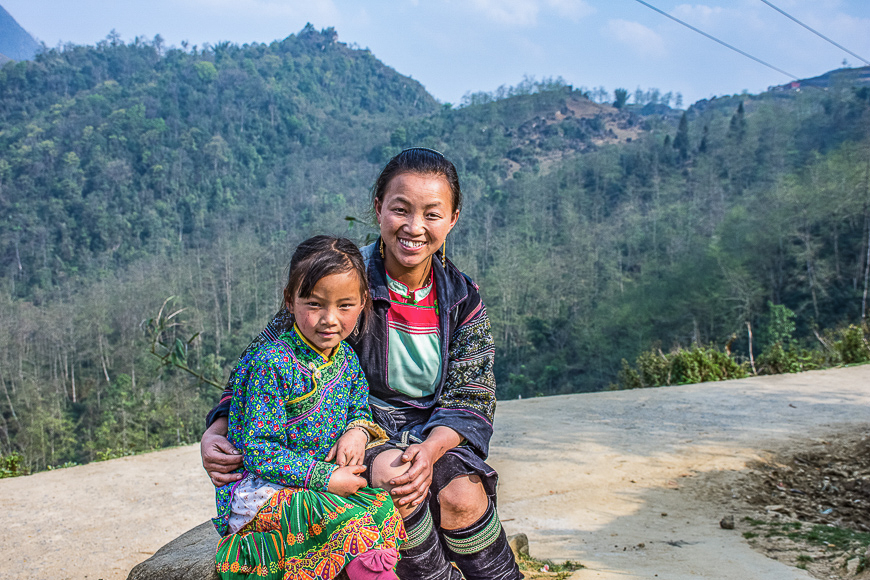
What is life like as a member of the Black H'mong?
My people, the Black H'mong, usually live in small villages up in mountains. Everyone knows everyone. We grow our own food, and we cook everything fresh over the fire. I live about 20 minutes by motorbike from Sapa town, but it’s a two-hour walk. Before motorbikes, we would walk everywhere! The older people often call us younger generations lazy.
We have plenty of ancient traditions that we still hold onto, particularly shamanism and herbal medicine. A long time ago most people believed only in the Shaman, a spiritual healer who helps people when they are sick. Now people believe in a range of religions and in Western medicine but shamanism is still a big part of our culture.
A lot of people in the village are also very good with herbal medicine. They learn it from their parents or village elders. My father is a shaman and my mother is a herbal woman. They can both help a lot of people and I feel very proud to be their daughter!
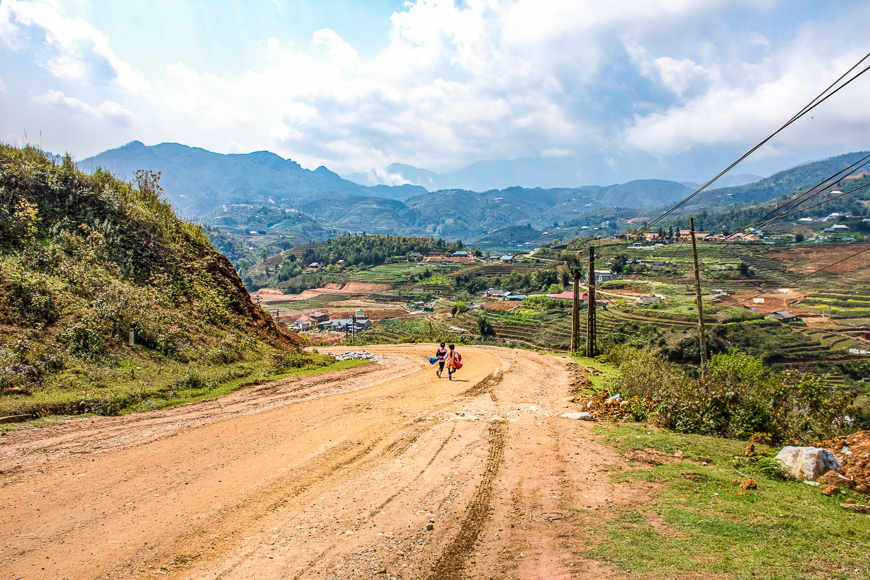
What other activities are there to do in Sapa, other than trekking?
There is plenty to do! If travellers come in the right season they can join us and see how we work in a local farm, planting rice and processing crops. Red Dzao herbal baths are very good too. I have been to the ones at Sapanapro a few times and I really like them! They say they’re good for your bones and your health in general. If you visit the baths with a Red Dzao guide, you can stay at her house for lunch afterwards and learn a little more about the Red Dzao way of life.
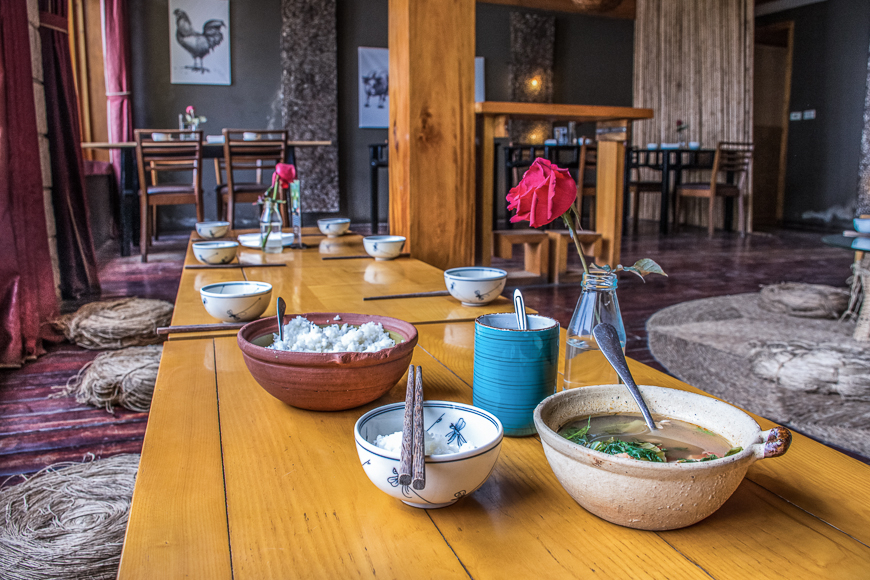
For food, you can try eel, crickets and frogs — they are very nice! We also have classes for learning traditional H'mong batik and embroidery. Batik takes a shorter time to make than embroidery. You can make a small piece to bring home in just one day.
Is there any specific food in Sapa that visitors should try?
In Sapa we have a vegetable called “su su” (choko) that’s grown here. The tofu here is fresh — we make it new every morning — and we have one very nice worm that we get from bamboo. If you come in the right season you should try it! The best way to try Sapa food is to trek with a local family, who will bring you to the local market to choose fresh ingredients and then take them home to cook.
What are some great souvenirs travellers can buy in Sapa?
The best souvenirs are at the back of the Sapa market and upstairs. This part of the market is for local women and what they sell is good quality and authentic. There are ladies who walk around town but this can often feel rushed and pushy. At the market, you have time to browse. Before you buy something you should ask the seller how long it took to make it so you can make a fair deal with them.
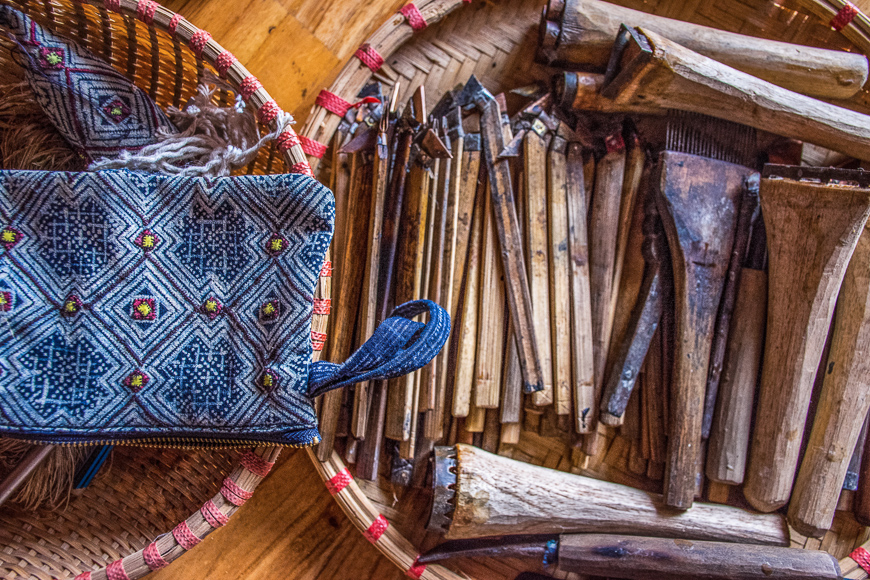
The only exception is bracelets and jewellery. The local women in the streets have the best quality jewellery. Also, they wear their pieces on their wrists and necks so they have often been worn down a little at the edges and are not sharp like the ones in the markets.
What goes into making a Black H'mong dress?
In Black H'mong culture we make our clothes from hemp. It takes us almost a year to make a new outfit. First we grow the hemp for three months, planting around March and harvesting in June. When it’s tall enough we cut it, take the leaves away, and dry them in the sun for about 10 days.
After that, we slowly peel off the skin — this is what we use for our clothes. First we pound it to make it curly, then we join the strands together by hand to make one long cord. Next, we boil the cord with ash from the fire for three days to make it white and soft. Then we boil it with wax for a few hours to make the hemp even softer.
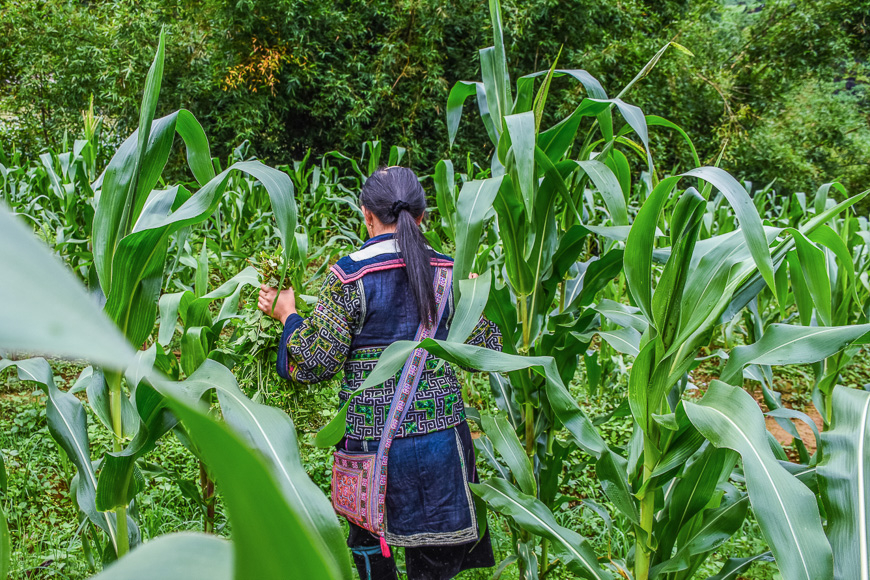
After that, we flatten the hemp by rolling it under a big stone. You have to do that for a whole day: rolling the hemp, hanging it out to dry, then rolling it again until it is completely dry. After that we bring it to a loom, weave the fabric and dye it with indigo. It takes us four to six months just to dye the fabric.
This whole process is so important to the H'mong. We make our clothes to wear each New Year for the festival. Once the fabric is dyed we decorate it. I do mainly embroidery and stitching, but the older people do batik. I feel very good and very happy that I can make something and wear it myself. I don’t buy it from other people. It has a very special meaning.




